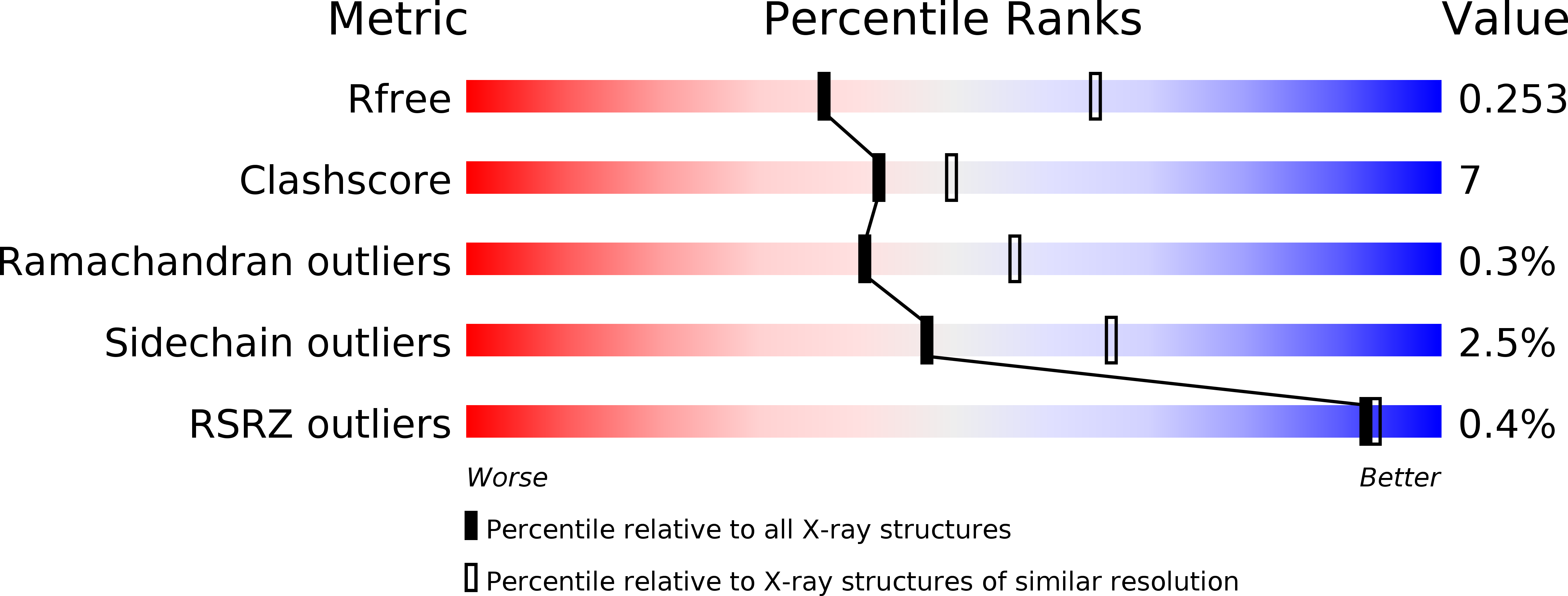
Deposition Date
2016-03-24
Release Date
2016-06-15
Last Version Date
2024-10-23
Entry Detail
PDB ID:
5IZ0
Keywords:
Title:
RORgamma in complex with agonist BIO592 and Coactivator EBI96
Biological Source:
Source Organism:
Homo sapiens (Taxon ID: 9606)
Host Organism:
Method Details:
Experimental Method:
Resolution:
2.64 Å
R-Value Free:
0.25
R-Value Work:
0.19
R-Value Observed:
0.20
Space Group:
P 1 21 1


